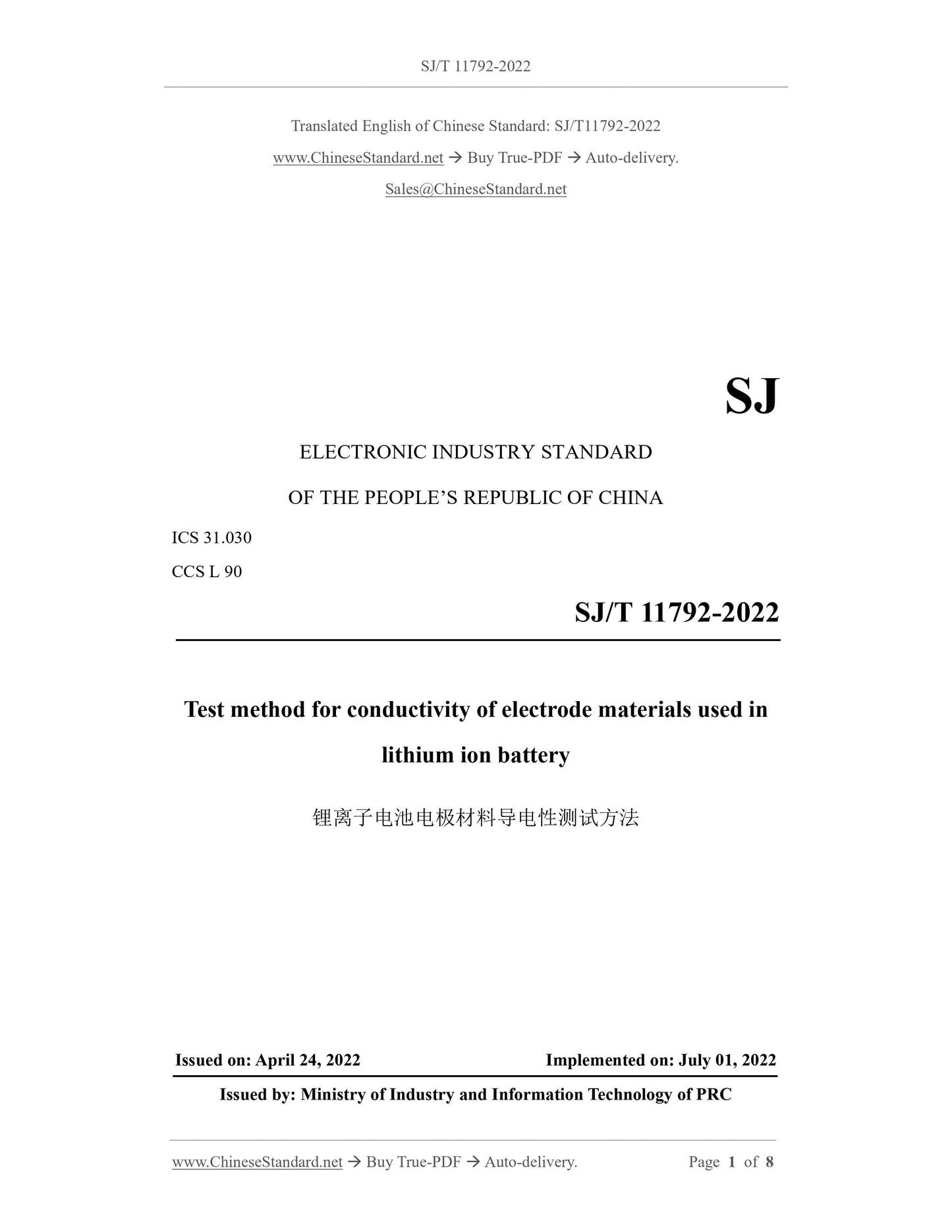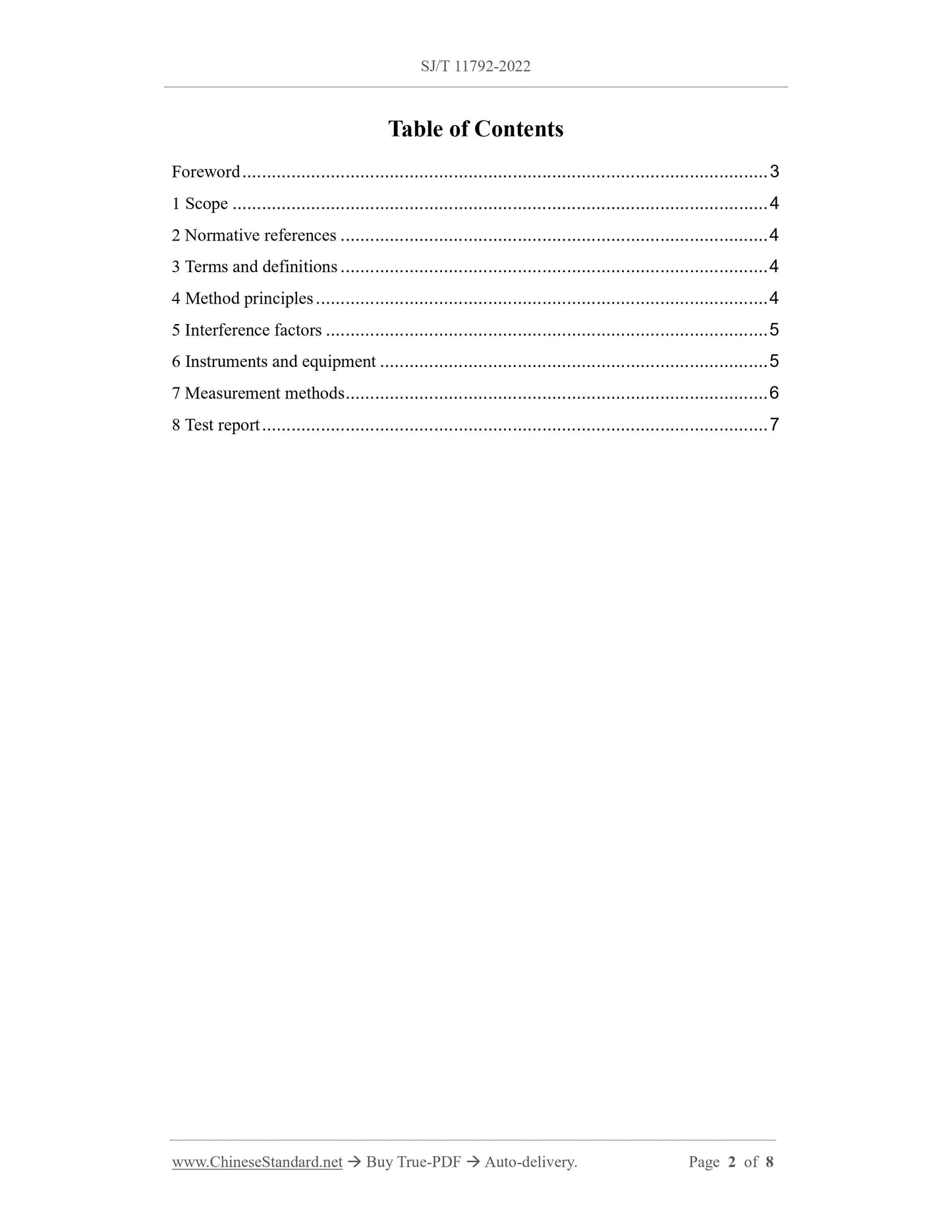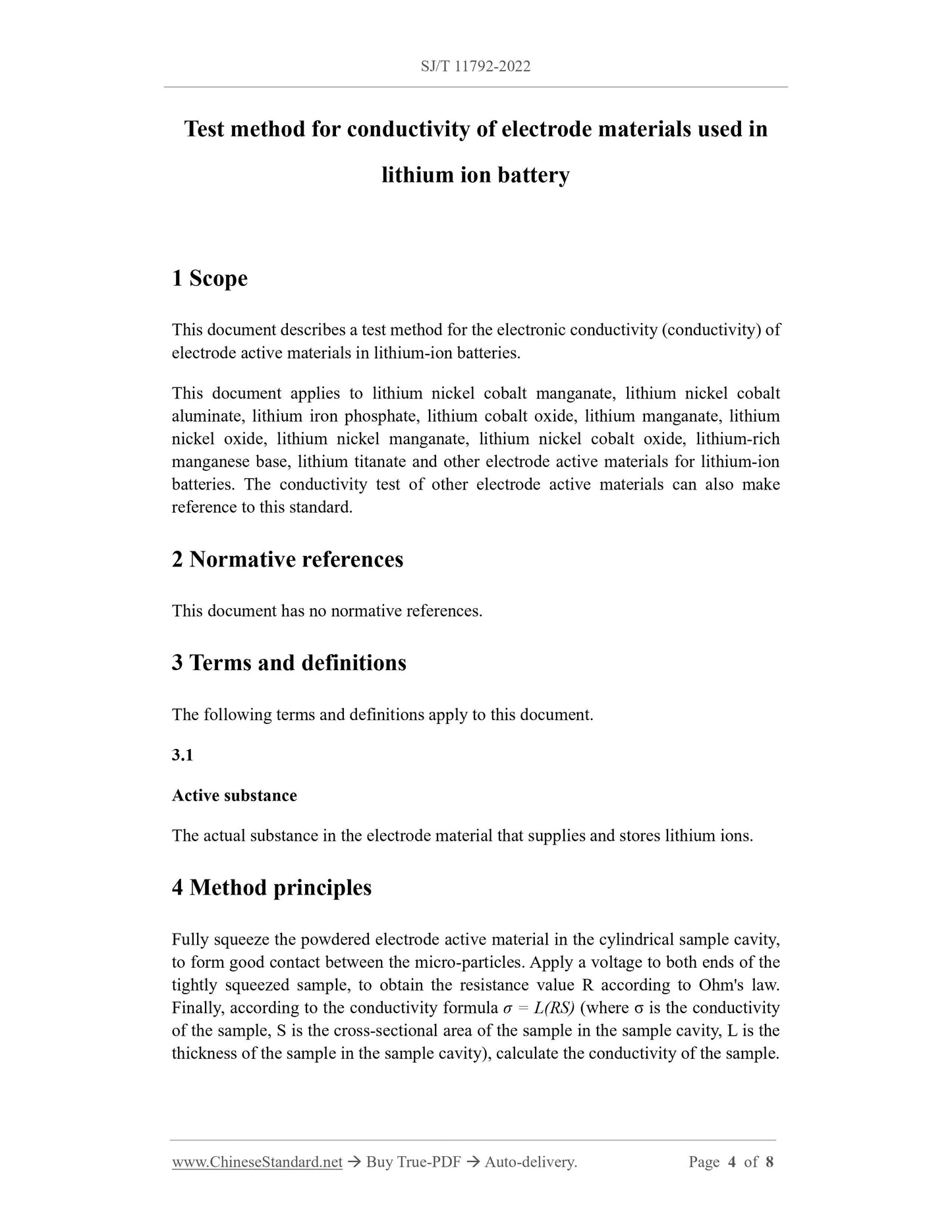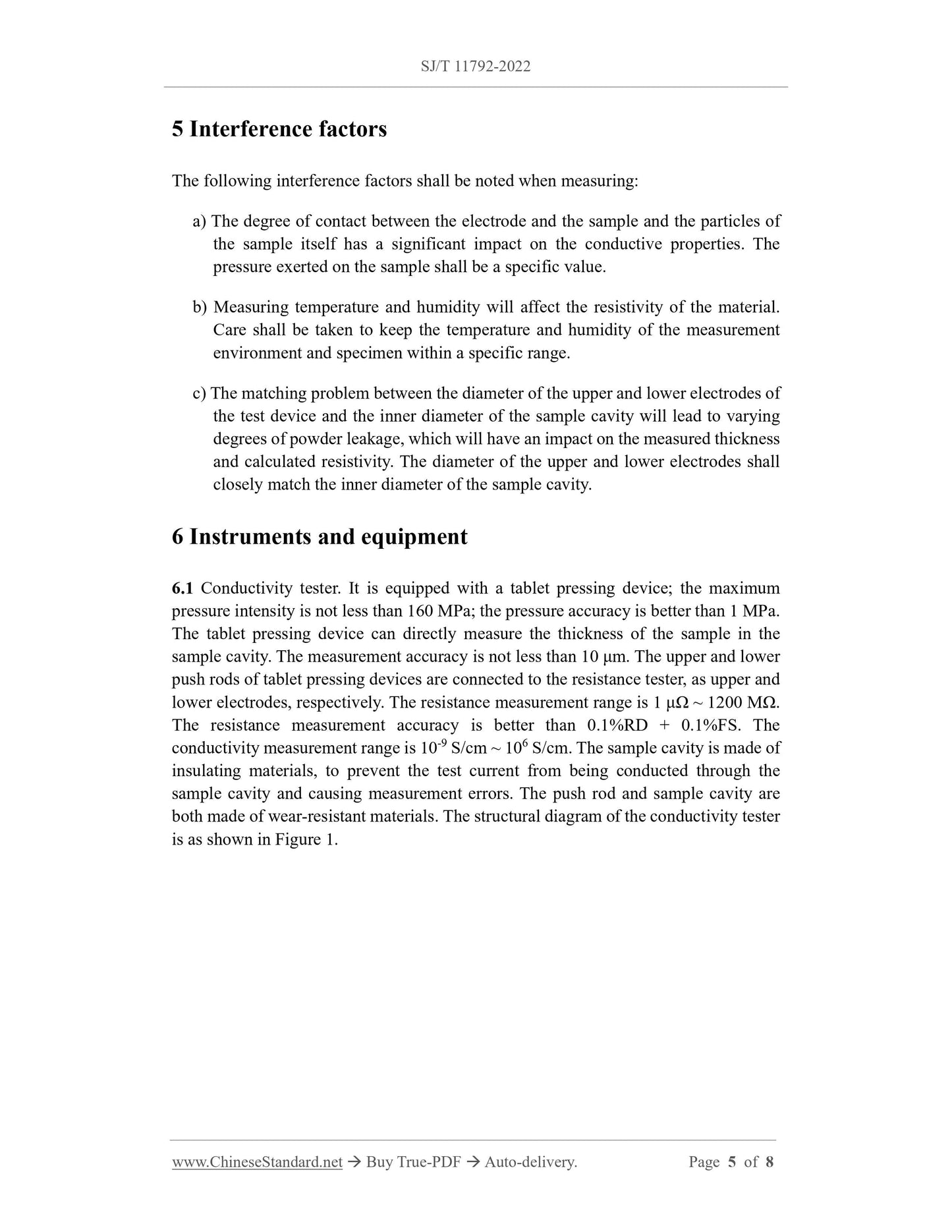1
/
of
4
www.ChineseStandard.us -- Field Test Asia Pte. Ltd.
SJ/T 11792-2022 English PDF (SJ/T11792-2022)
SJ/T 11792-2022 English PDF (SJ/T11792-2022)
Regular price
$165.00
Regular price
Sale price
$165.00
Unit price
/
per
Shipping calculated at checkout.
Couldn't load pickup availability
SJ/T 11792-2022: Test method for conductivity of electrode materials used in lithium ion battery
Delivery: 9 seconds. Download (and Email) true-PDF + Invoice.Get Quotation: Click SJ/T 11792-2022 (Self-service in 1-minute)
Newer / historical versions: SJ/T 11792-2022
Preview True-PDF
Scope
This document describes a test method for the electronic conductivity (conductivity) ofelectrode active materials in lithium-ion batteries.
This document applies to lithium nickel cobalt manganate, lithium nickel cobalt
aluminate, lithium iron phosphate, lithium cobalt oxide, lithium manganate, lithium
nickel oxide, lithium nickel manganate, lithium nickel cobalt oxide, lithium-rich
manganese base, lithium titanate and other electrode active materials for lithium-ion
batteries. The conductivity test of other electrode active materials can also make
reference to this standard.
Basic Data
| Standard ID | SJ/T 11792-2022 (SJ/T11792-2022) |
| Description (Translated English) | Test method for conductivity of electrode materials used in lithium ion battery |
| Sector / Industry | Electronics Industry Standard (Recommended) |
| Classification of Chinese Standard | L90 |
| Word Count Estimation | 6,682 |
| Date of Issue | 2022-04-08 |
| Date of Implementation | 2022-07-01 |
| Issuing agency(ies) | Ministry of Industry and Information Technology |
| Summary | This standard specifies the test method for the electronic conductivity of lithium-ion battery electrode active materials. |
Share







